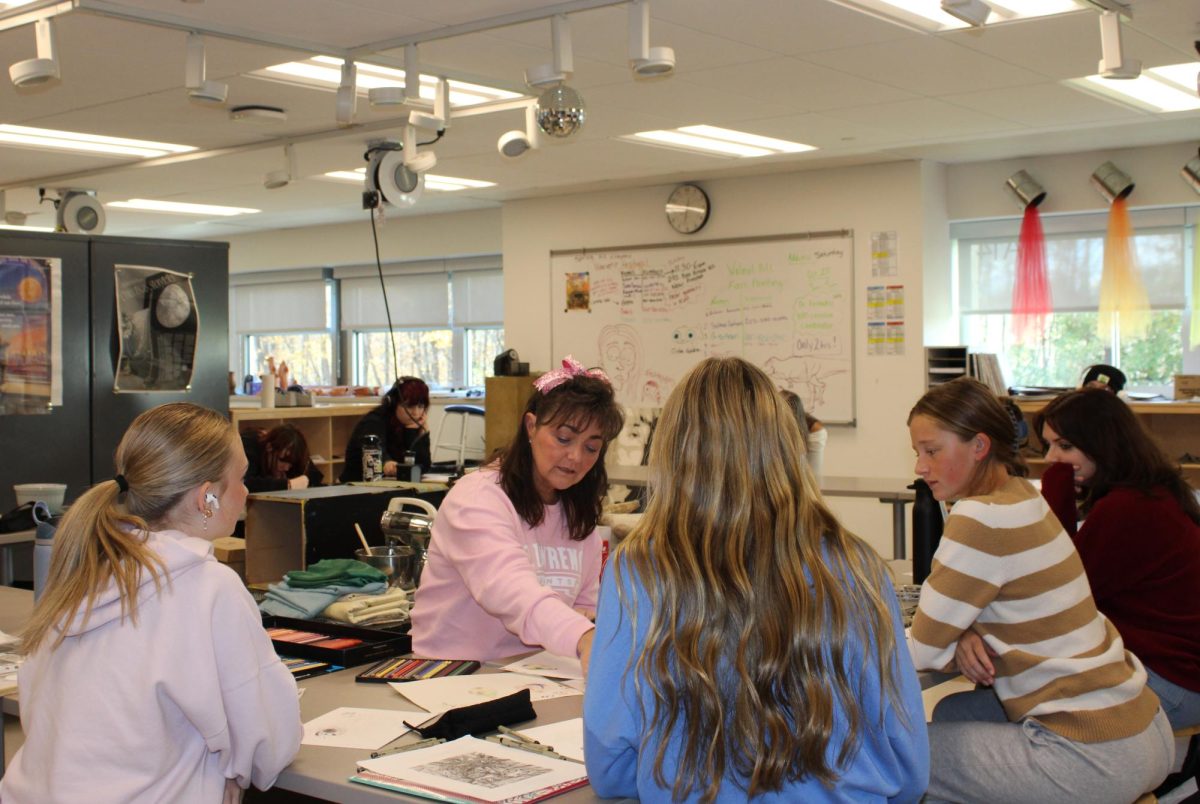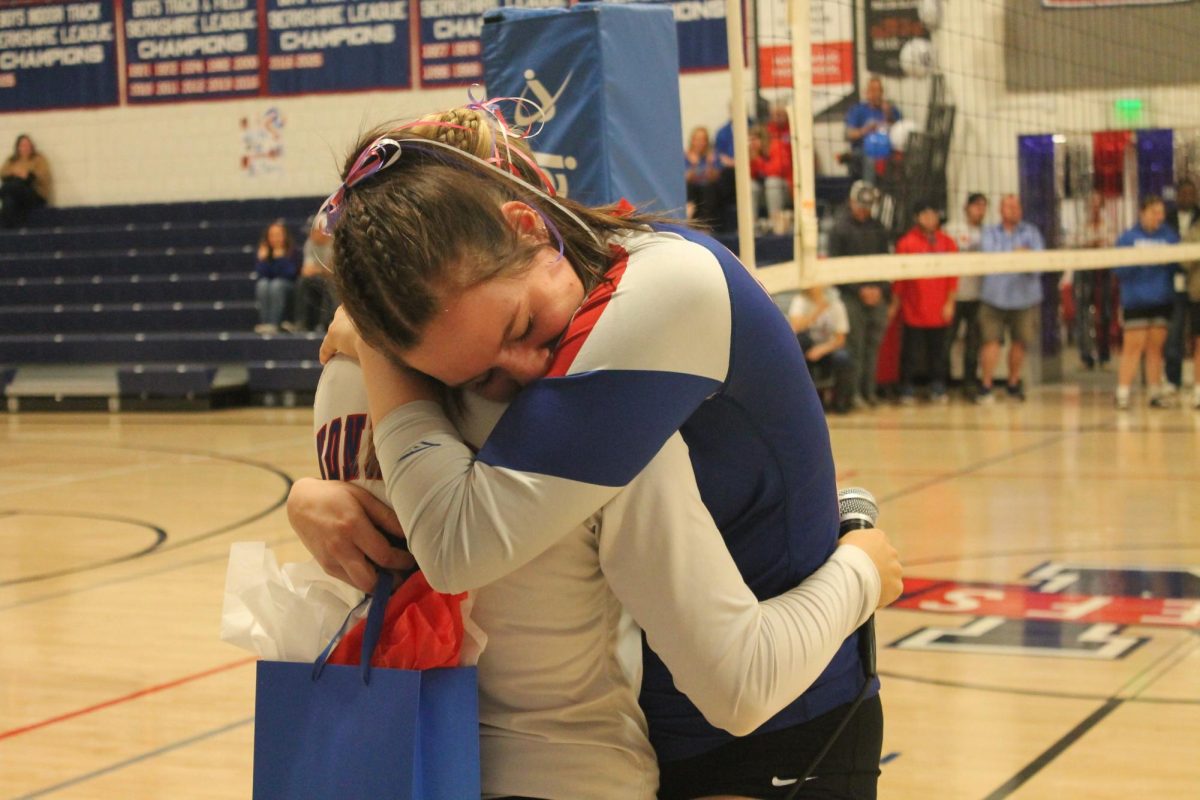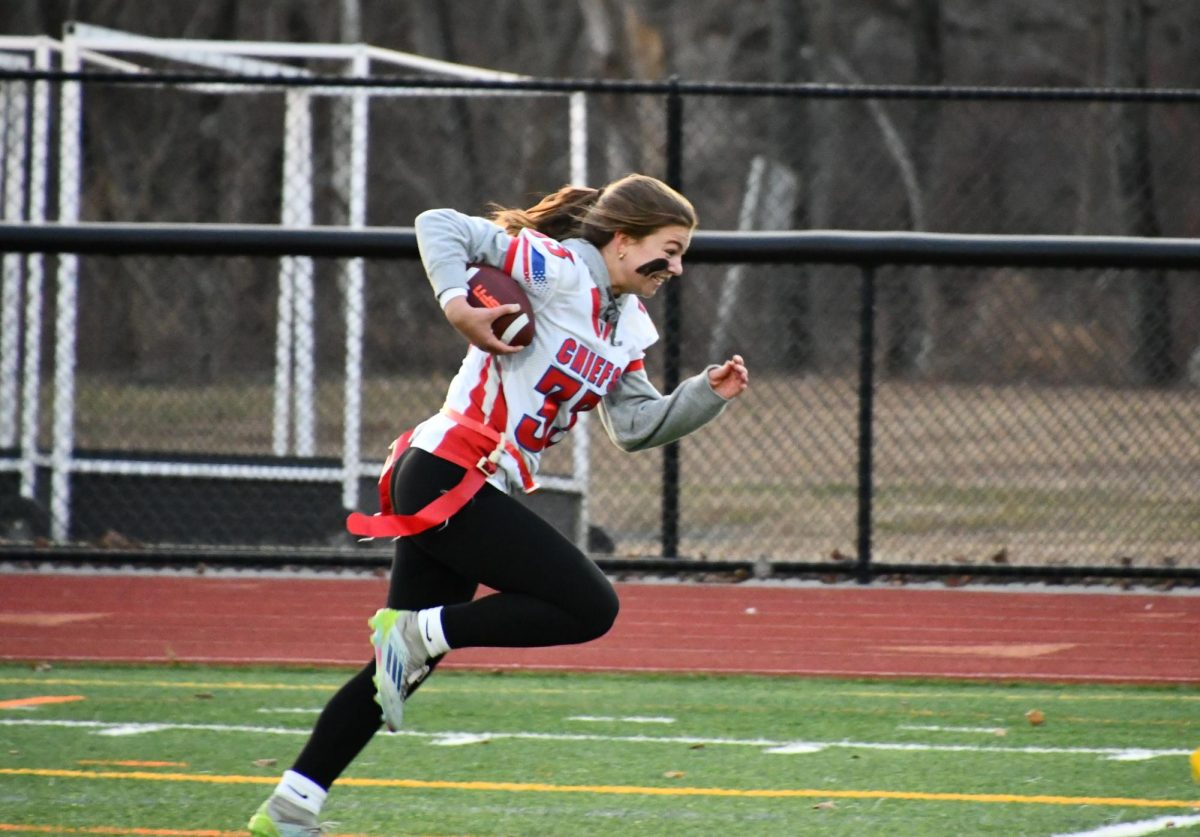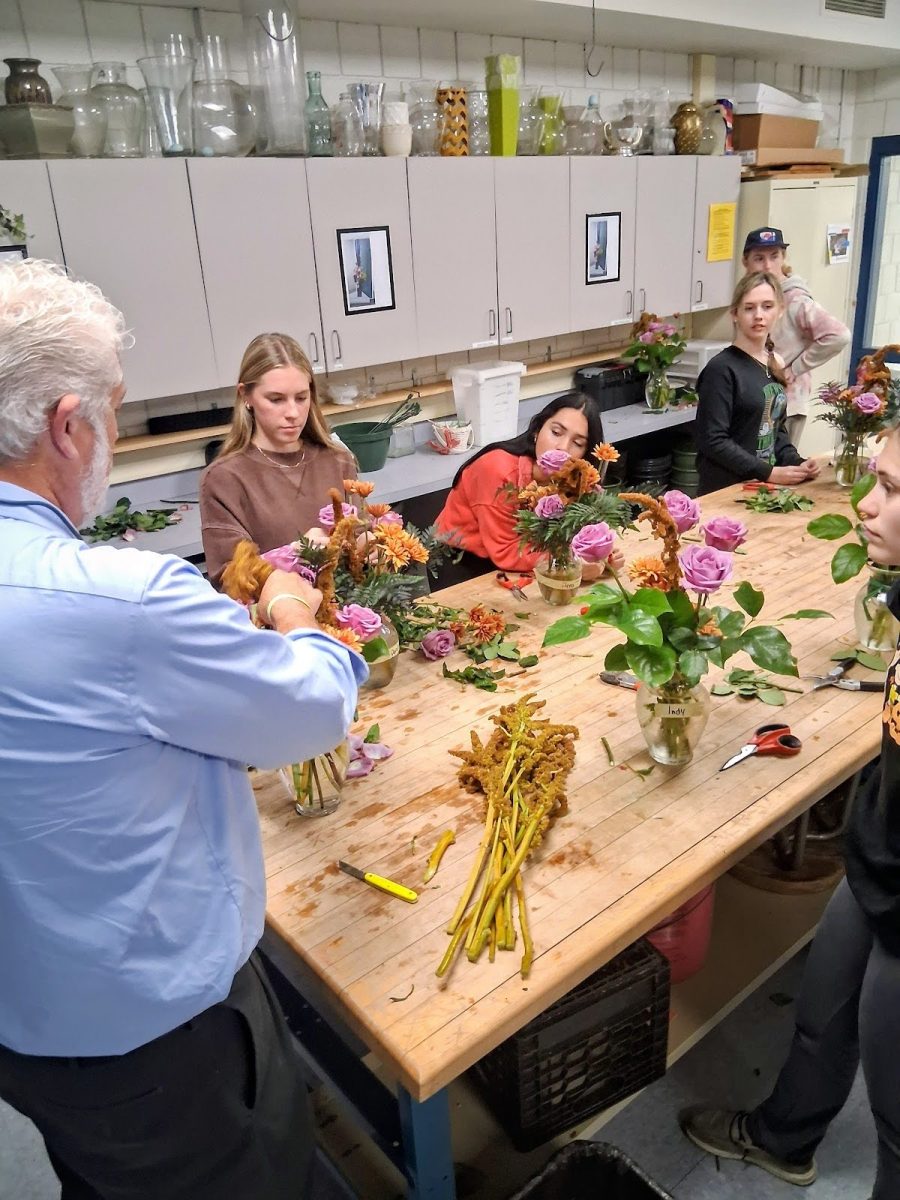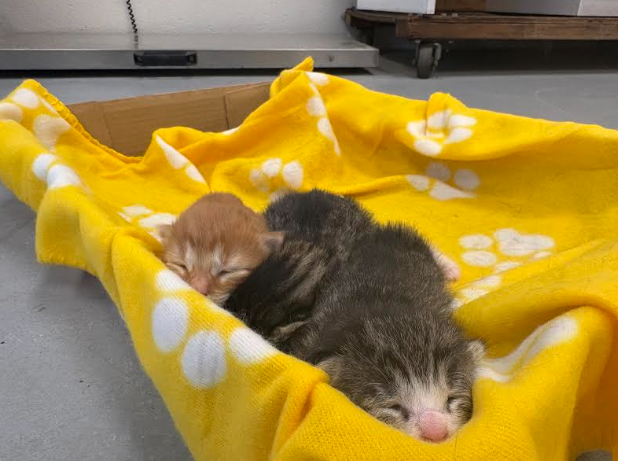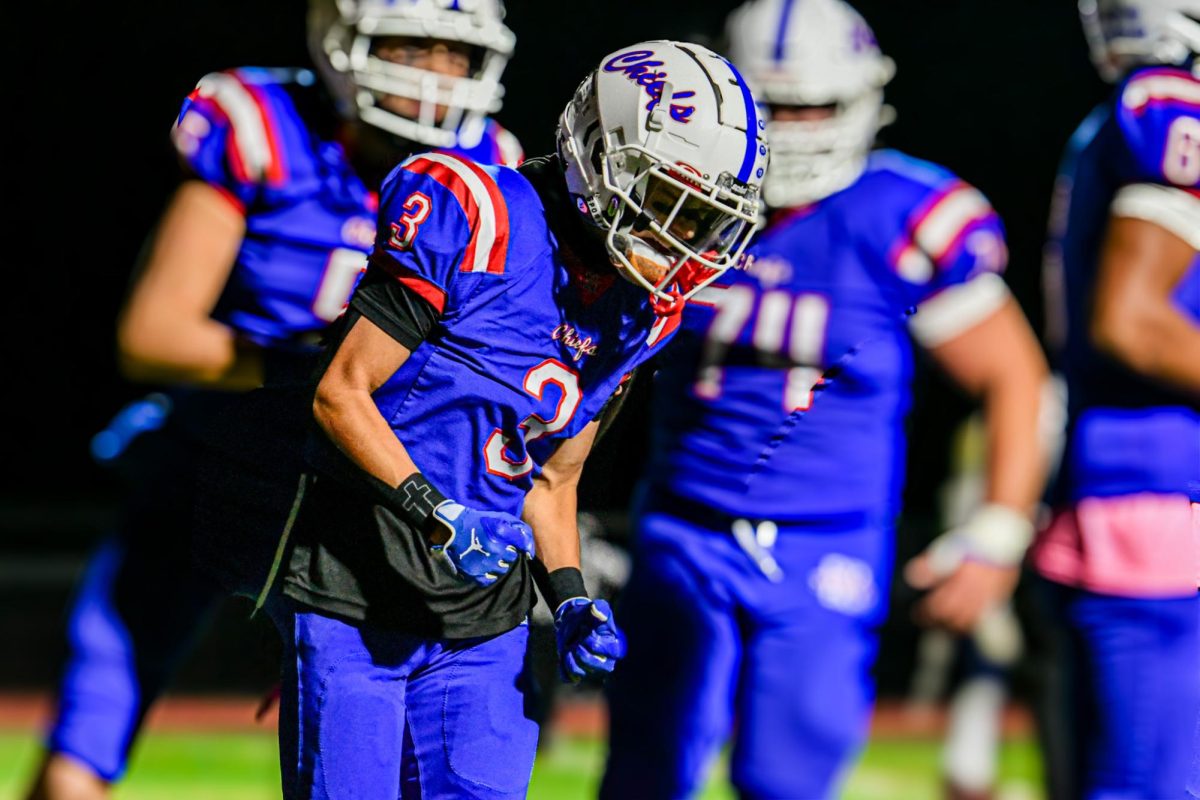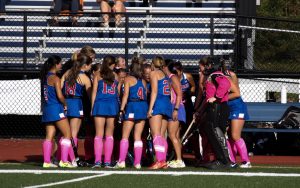Wellness Classes Boost Some Students, Drain Others
Every Nonnewaug student must take class in the school’s gym in order to graduate.
November 15, 2021
WOODBURY — Gym class is a class dedicated to bringing a healthier, lively beat to a student’s day. Well, maybe for some, “healthy” and “lively” would be appropriate word choices. For others, “nerve-wracking” and “unpleasant” might be better suited.
How can gym class positively and negatively affect students’ mental health? One of Nonnewaug’s wellness teacher along with two students have conflicting points of view.
“I think physical education is a positive influence on every kid. Whether they like it, don’t like it, want to do it, don’t want to do it, it’s crucial that everybody is moving in some way,” said Kathryn Brenner, wellness teacher. “Everyone should be doing something enjoyable so that they’ll want to move for the rest of their lives. Sitting idly is bad for the human body.”
Brenner believes that physical education is important for every student to have.
“I don’t think there are any negatives to physical education, other than maybe how competitive some people tend to get with sports activities. Not all students benefit from that,” Brenner continued.
Brenner gave some insight on why gym class is required to graduate high school in Connecticut. The state’s recently revised graduation requirements mandate that students earn three and a half credits in “career and life skills,” including one credit in physical education, a half-credit in health, and two credits in career and life skills, which can include a study of nutrition and physical activity.
“Our state requires physical education classes to graduate. At Nonnewaug High, we combined physical education and health into wellness, which is a new class,” Brenner said. “It’s required to have a certain number of wellness credits in order to graduate, and this is mainly because of the obesity rates that have gone up quite a lot in adolescents. The state feels that physical education is extremely important to get kids moving and active, especially in the present day of COVID and remote learning. It’s even more crucial now.”
The teacher also states that she feels sympathy and understands those who feel highly anxious in a physical education environment.
“I totally understand that and see it more often nowadays,” Brenner said. “However, I gear my classes more towards fun activities rather than a competitive atmosphere. I want kids who are anxious to find some sort of exercise to relieve that stress. For this reason, I think every student should give it a try. If it gets to be too much of a problem for someone though, kids can also do another alternative that won’t be as high-stress while still being able to earn their credit.”
Moving from a teacher’s perspective to her students’, three different kids all had their views.
“I dislike the expectations we’re supposed to meet,” said freshman Kiera Jacobi. “It’s a lot of pressure. I have dance class every single day; I’m strong, but I can’t do more than 10 push-ups.”
Jacobi elaborated on how the class makes her feel internally.
“I feel bad about myself, like I don’t look good,” Jacobi said. “I wear things that make me feel comfortable with myself. Since gym is so active, I can’t wear what I like, and that makes me uncomfortable.”
Many students dread the day that they have to participate in the PACER test, a running test that examines students’ aerobic capacity.
“I hate the PACER test because I can’t run to save my life,” Jacobi continued. “Everyone is competitive, and once you stop, everyone can see it. It makes me feel like I’m being judged, like people are secretly saying, ‘Wow, that’s it? You couldn’t have tried harder?’”
On the other hand, students Lori Marquis and Thomas Harris said that gym class makes them happy because they enjoy being active.
“I get to spend time with other people, and I get along with some people I never thought I would get along with,” Marquis said. “When I make friends with the other kids, I think it benefits my mental health a lot.”
“The class benefits me by keeping me moving,” Harris said.
Brenner thinks that more student choice could improve the gym class dynamic, but it’s logistically difficult to do.
“I think if the program offered more activities where kids could choose what they want to do, that would be beneficial,” Brenner said. “If a student wanted to pick yoga, mindfulness, and meditation over football, soccer, and speed, that would definitely help. The only problem in our case is that we don’t have enough teachers or facilities to achieve it.”
Jacobi wishes gym could be optional for students who already participate in sports and get enough physical activity throughout their day. However, with that, people would probably start lying just to get out of the class.
“I would just like to say that physical education is not for everybody,” Brenner stated. “But we try to make it happen. If a student is learning to throw a Frisbee now, they might be able to do it later on at a beach, with their grandkids, etc. We try to include simple activities in the curriculum that will last for life.”






